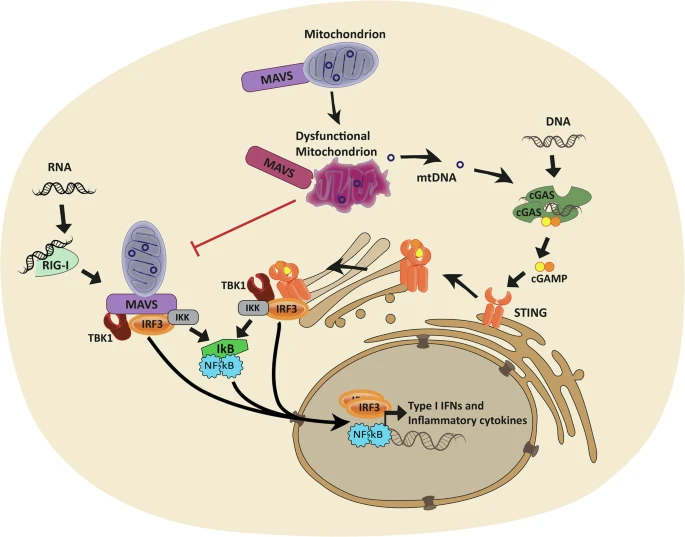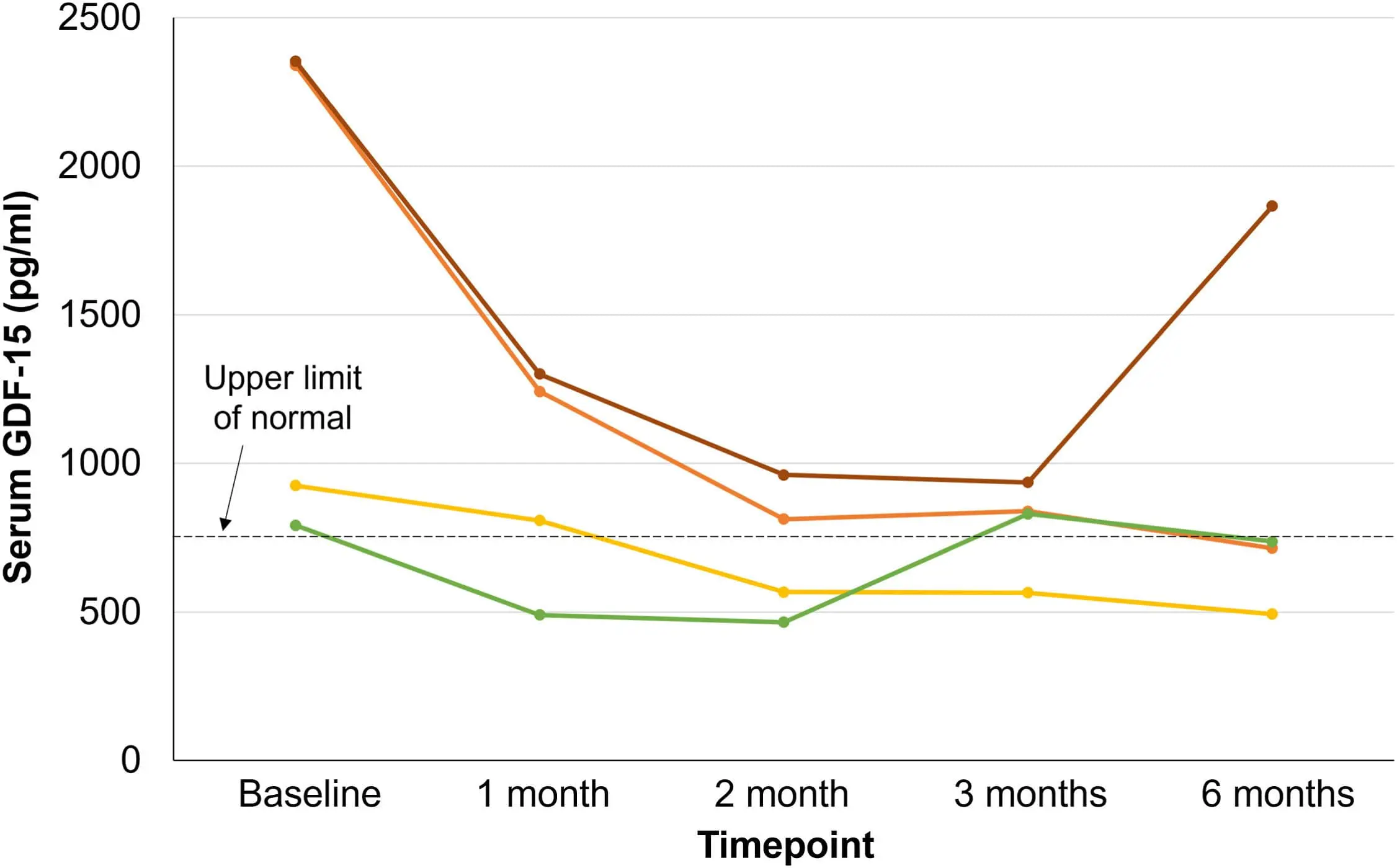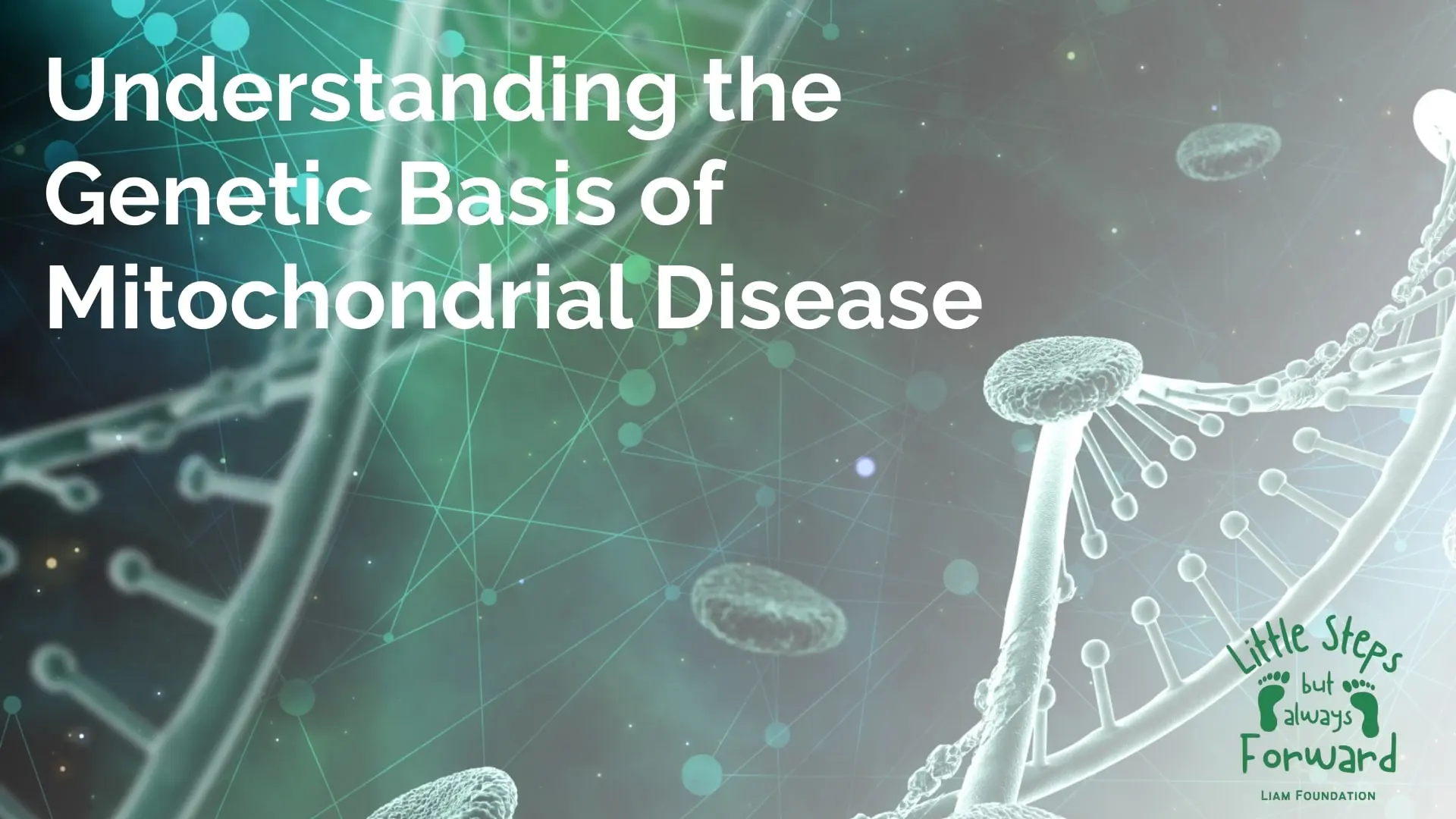Quick Summary : What You Need to Know: Mitochondrial diseases are genetic disorders that impair…

- August 26, 2024
- Comments Off on Advances in Mitochondrial Disease Research: What’s on the Horizon?
A New Era in Mitochondrial Disease Research
Mitochondrial disease is a complex and often devastating condition that affects many aspects of the body’s function. Despite the challenges it presents, recent advances in research offer a promising horizon for patients and their families. From cutting-edge gene therapy to innovative drug development, the future of mitochondrial disease treatment is filled with hope and potential.
In this article, we will explore the latest breakthroughs in research, the impact these advances may have on those living with mitochondrial disease, and how organizations like The Liam Foundation are supporting these efforts.
Understanding the Complexity of Mitochondrial Disease
To appreciate the significance of recent Mitochondrial disease research advances, it’s essential to understand the complexity of mitochondrial disease. Mitochondria are often described as the "powerhouses" of our cells, responsible for producing the energy necessary for cellular functions. When mitochondria fail due to genetic mutations, it can lead to a wide range of symptoms, from muscle weakness to neurological impairments, and can affect almost any organ in the body.
Mitochondrial diseases are primarily genetic, with mutations occurring in either mitochondrial DNA (mtDNA) or nuclear DNA (nDNA). These mutations can be inherited from parents or occur spontaneously, making the diagnosis and treatment of mitochondrial disease particularly challenging.
The Role of Genetic Research in Mitochondrial Disease
Advancements in Gene Therapy
One of the most promising areas of research in mitochondrial disease is gene therapy. Gene therapy involves the introduction, removal, or alteration of genetic material within a person’s cells to treat or prevent disease. For mitochondrial disease, this could mean correcting the faulty genes responsible for the dysfunction of the mitochondria.
Recent studies have shown progress in using gene therapy to target specific mutations in mitochondrial DNA. For example, researchers are exploring the use of CRISPR/Cas9 technology to precisely edit genes and potentially correct the mutations causing mitochondrial dysfunction. Although this research is still in its early stages, it represents a significant step toward developing a cure for mitochondrial disease.
For more information on how gene therapy is being used in mitochondrial disease research, you can visit the National Institute of Neurological Disorders and Stroke.
Mitochondrial Replacement Therapy (MRT)
Another groundbreaking area of research is Mitochondrial Replacement Therapy (MRT). MRT is a technique that involves replacing defective mitochondria in a patient’s cells with healthy mitochondria from a donor. This therapy is particularly relevant for women who carry mutations in their mitochondrial DNA and wish to prevent passing these mutations to their children.
In 2016, the UK became the first country to approve the use of MRT, and since then, several successful births have been reported using this technique. While MRT is not without its ethical and technical challenges, it offers a new avenue for preventing mitochondrial disease in future generations.
Drug Development and Novel Therapeutics
While gene therapy and MRT offer long-term solutions, there is also significant progress in developing drugs that can manage and alleviate the symptoms of mitochondrial disease. These novel therapeutics aim to enhance mitochondrial function or compensate for the energy deficits caused by dysfunctional mitochondria.
Targeted Drug Therapies
Researchers are working on drugs that specifically target the mitochondria to improve their function. For example, Elamipretide is a drug currently in clinical trials that aims to restore the function of damaged mitochondria. It works by targeting the inner mitochondrial membrane, helping to stabilize it and improve energy production. Early results from clinical trials are promising, showing potential improvements in muscle function and quality of life for patients with mitochondrial disease.
Antioxidant Therapies
Another area of interest is the development of antioxidant therapies. Mitochondrial dysfunction often leads to the overproduction of reactive oxygen species (ROS), which can cause further damage to cells. Antioxidant therapies aim to reduce this oxidative stress, potentially slowing the progression of mitochondrial disease. Coenzyme Q10, for instance, is a naturally occurring antioxidant that has shown some benefits in patients with mitochondrial disorders, and ongoing research is exploring more potent and targeted antioxidants.
The Impact of Research on Patients and Families
Improved Quality of Life
The ultimate goal of these research efforts is to improve the quality of life for those living with mitochondrial disease. As new therapies are developed and existing treatments refined, patients may experience better symptom management, longer life expectancy, and, in some cases, a halt in disease progression. This can lead to more independence, fewer hospitalizations, and a more predictable daily life for patients and their families.
Hope for the Future
For many families, the diagnosis of mitochondrial disease can feel like a life sentence, filled with uncertainty and fear. However, the advances in research provide hope. Knowing that scientists are actively working on solutions and that potential treatments are on the horizon can be a powerful source of comfort and motivation for patients and their loved ones.
How The Liam Foundation Supports Research
The Liam Foundation plays a crucial role in advancing mitochondrial disease research. By funding research initiatives, supporting clinical trials, and raising awareness, the foundation helps drive the scientific discoveries that could one day lead to a cure.
Funding Research Initiatives
The Liam Foundation allocates significant resources to support groundbreaking research in mitochondrial disease. These funds help scientists explore new treatment options, develop innovative therapies, and conduct the clinical trials necessary to bring these treatments to patients. By supporting research, the foundation ensures that progress continues toward finding a cure.
Raising Awareness and Advocacy
In addition to funding research, The Liam Foundation actively raises awareness about mitochondrial disease through campaigns, educational resources, and community events. By educating the public and advocating for more research funding, the foundation plays a pivotal role in driving the momentum needed to make significant advances in the fight against mitochondrial disease.
How You Can Support Mitochondrial Disease Research
Donate to Research Initiatives
Your financial contributions can make a significant impact on the progress of mitochondrial disease research. By donating to The Liam Foundation, you are directly supporting efforts to find better treatments and, ultimately, a cure for this devastating disease. Every donation, big or small, helps accelerate the pace of discovery and brings hope to countless families.
For those interested in contributing, you can visit our donation page.
Participate in Fundraising Events
Another way to support research is by participating in or organizing fundraising events. Whether it’s a charity run, a silent auction, or a community bake sale, these events raise crucial funds and spread awareness about mitochondrial disease. The Liam Foundation regularly hosts events that bring people together for this important cause. You can find more information about upcoming events and how to get involved on their events page.
Spread the Word
Awareness is a powerful tool in the fight against mitochondrial disease. By sharing information about the condition and the ongoing research efforts, you can help increase public understanding and support. Social media, community newsletters, and word of mouth are all effective ways to spread awareness. The Liam Foundation provides resources and information that you can share to help educate others.
Conclusion
The advances in mitochondrial disease research represent a beacon of hope for patients and their families. While there is still much work to be done, the progress made in gene therapy, mitochondrial replacement therapy, and drug development brings us closer to effective treatments and, eventually, a cure. The Liam Foundation is at the forefront of these efforts, funding research, supporting families, and raising awareness.
By staying informed, getting involved, and supporting these initiatives, you can be part of the journey toward a future where mitochondrial disease no longer holds such devastating power over the lives of those affected. Together, we can turn hope into reality and change the course of this disease for generations to come.
Share This:
The Liam Foundation
Related Posts
The COVID-19 pandemic, caused by the SARS-CoV-2 virus, has led to significant global health challenges.…
A groundbreaking clinical trial led by the Research Institute of the McGill University Health Centre…
Mitochondrial DNA Depletion Syndrome (MTDPS) encompasses a group of rare genetic disorders characterized by a…
The Liam Foundation stands as a beacon of hope for families grappling with the challenges…
Mitochondrial disease treatments have long been a challenging frontier in medical research. As we delve…
Mitochondrial disease symptoms are complex disorders that can affect people of all ages, from infants…
To appreciate the significance of recent Mitochondrial disease research advances, it’s essential to understand the…
Understanding the Genetic Basis of Mitochondrial Disease, Mitochondrial disease is a group of disorders caused…
Mitochondrial disease is a group of disorders caused by dysfunctional mitochondria, the parts of the…














